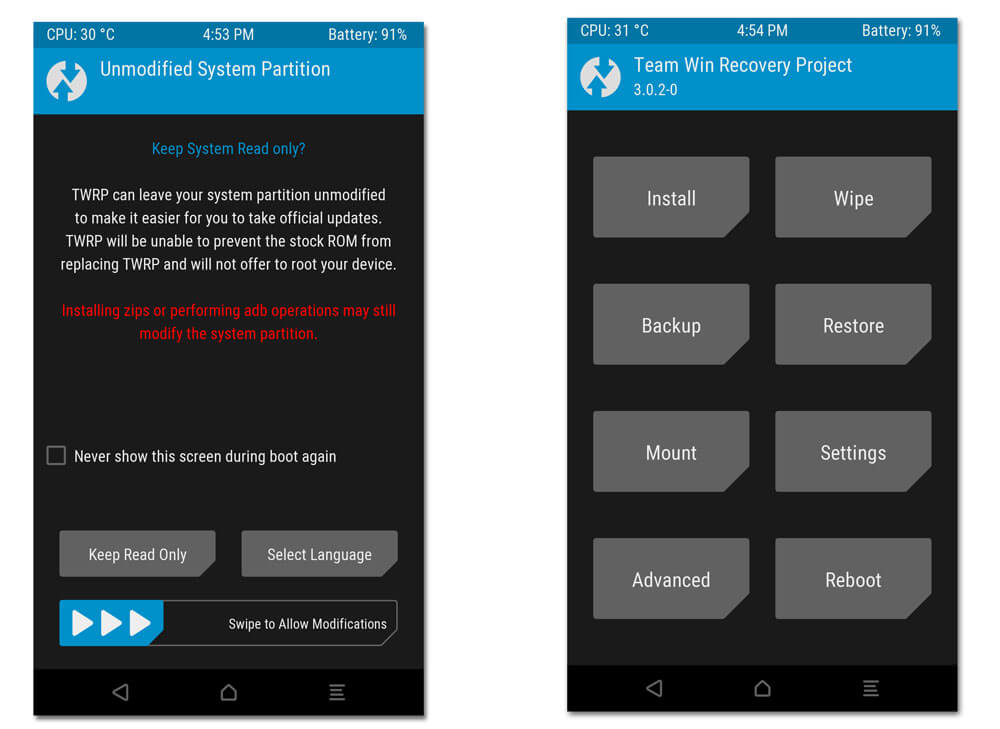


I'll close this issue now, as I believe I answered your question. It's only Windows ISO that are actively prevented from booting in dual UEFI/BIOS mode by default, because my expectation is that most of the people installing Windows might need some help in making sure that they only install Windows in the mode they want. On the other hand, when dual UEFI/BIOS is enabled, you will see "MBR partition scheme for BIOS or _UEFI", which means that it can boot both in BIOS mode and pure UEFI mode.īy the way, if a Linux ISO is dual UEFI/BIOS, it will usually remain that way after creating a bootable USB in Rufus, and you don't need to enable dual UEFI/BIOS mode using Alt- E. only BIOS), you should see that this first option displays "MBR partition scheme for BIOS or _UEFI-CSM ", which means that the USB will NOT boot in pure UEFI mode, but it BIOS mode on UEFI systems.

By the way, when dual UEFI/BIOS is not possible or disabled (i.e. Therefore the only way you will get dual UEFI/BIOS is if you select "MBR partition scheme for BIOS or UEFI". Of course, since BIOS is unable to boot from GPT, so no BIOS bootable content is installed when "GPT for UEFI" is used, and "MBR for UEFI" and is exactly the same as "GPT for UEFI", but for people who may need to access the USB content from Windows XP (since Windows XP can't access anything GPT either). I think "Dual UEFI/BIOS mode" should only affect "MBR partition scheme for BIOS or UEFI", right?


 0 kommentar(er)
0 kommentar(er)
